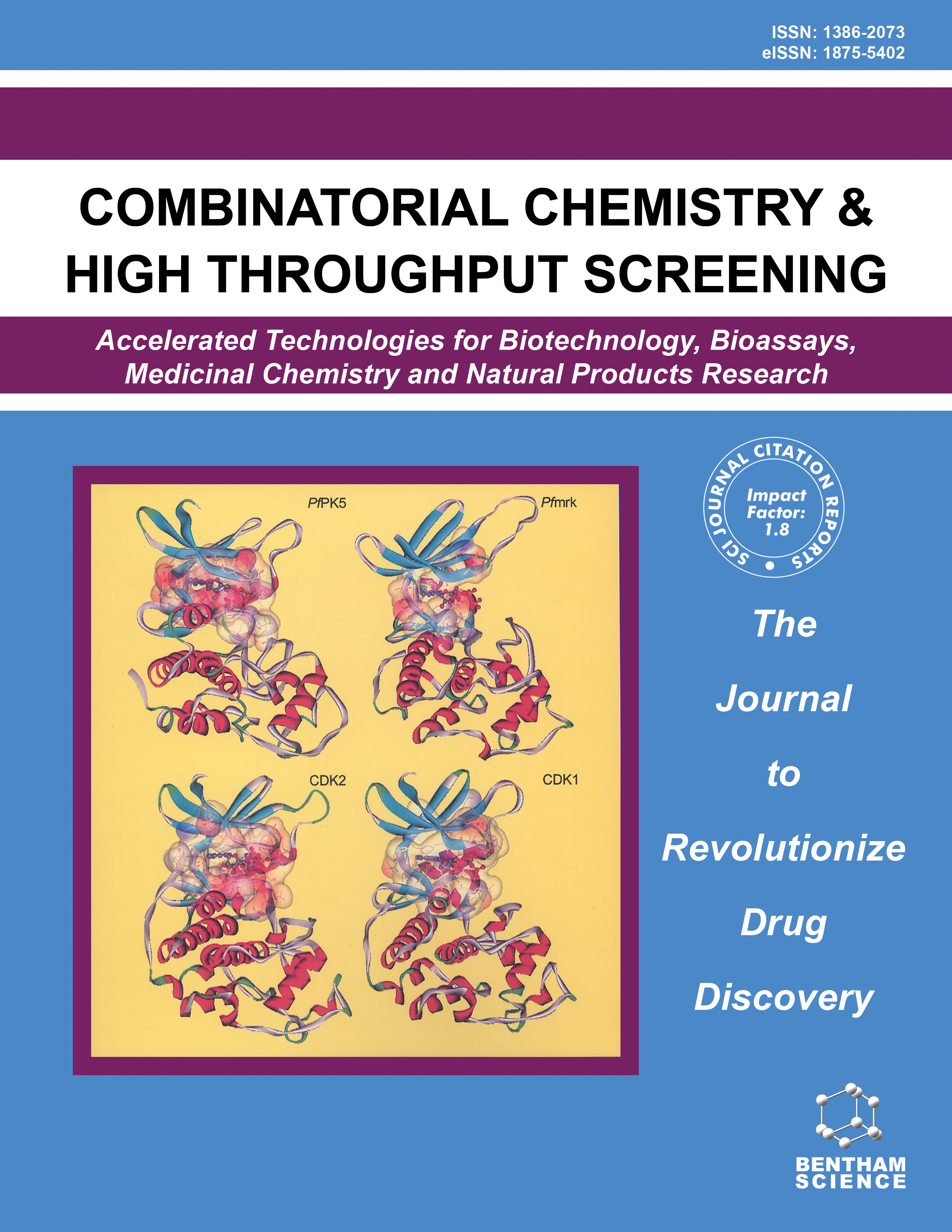
Full text loading...
We use cookies to track usage and preferences.I Understand
Dragon's blood is widely consumed in China, Vietnam and Laos to promote blood circulation. A Compound Dragon's blood capsule (CDC) is a patented medicine composed of dragon’s blood, notoginseng, and borneol. This combination is purported to stabilize coronary heart disease and myocardial ischemia. However, the possible mechanisms and the characterization of its drug targets’ relevance at the systemic level remain unclear.
The present study aims to reveal the potential mechanisms of CDC’s anti-myocardial ischemia effect.
The potential mechanisms were investigated by network pharmacology and qRT-PCR was used to verify the expression levels of key genes of PI3k-Akt pathway.
S1PR2 and AGTR1 were the common targets, which involved 6 biological processes annotated by KEGG and GO analysis. The qRT-PCR results showed a remarkable increase in the expression of Pi3k, Pdk1, Akt, Mdm2, Bcl2, and mTOR. Results also showed a decline in the expression of P53 and Casp3 after CDC intervention.
CDC has a significant anti-myocardial ischemia effect through the PI3k/Akt pathway, which demonstrates that CDC is a suitable adjuvant to treat CHD and provides a theoretical basis for its further clinical application.

Article metrics loading...

Full text loading...
References


Data & Media loading...

